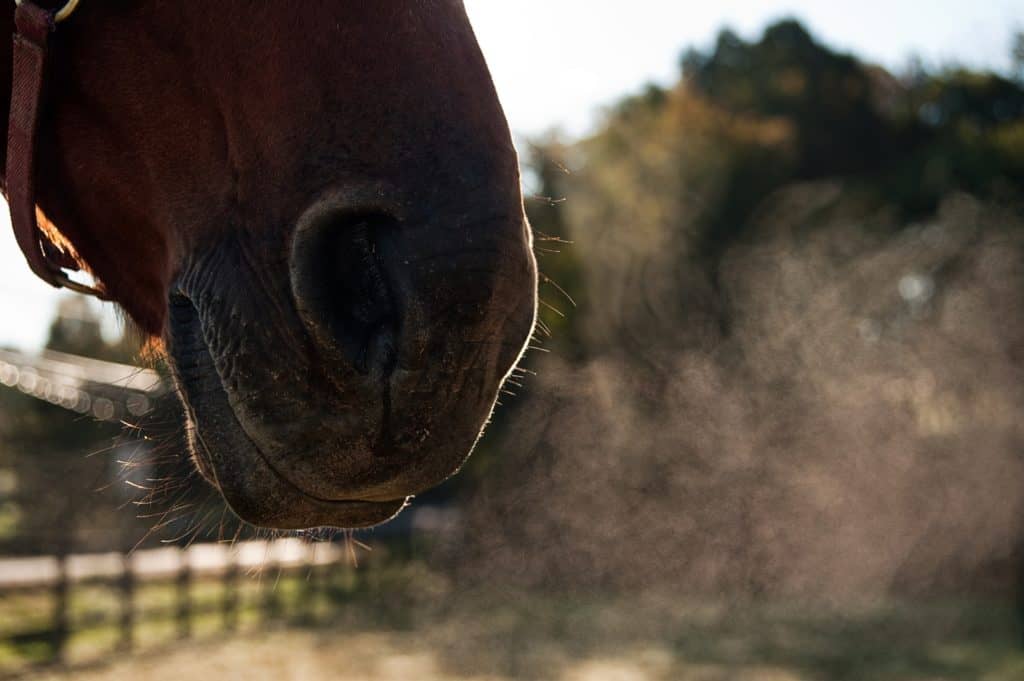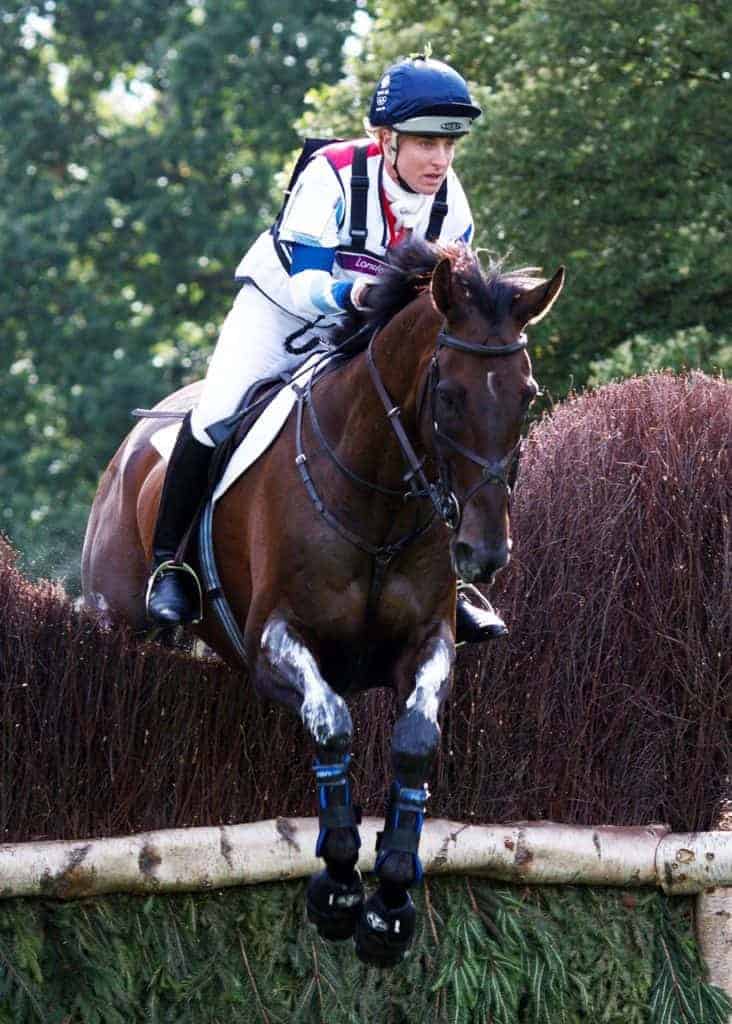
How Your Horse Sees
Dr. Sharon Spier, U.C. Davis, Calif., explains horses’ vision; what a horse sees in a collected frame, equine night vision, how blind spots affect the approach to jumps, and much more!

Dr. Sharon Spier, U.C. Davis, Calif., explains horses’ vision; what a horse sees in a collected frame, equine night vision, how blind spots affect the approach to jumps, and much more!

Equine complementary therapies, such as chiropractic and acupuncture, are more popular than ever. Learn how they might help your horse’s health and performance.

With a little extra care and attention, many older horses can have an extended career and a comfortable life.

From feeding and training to shoeing and warm-up protocols, learn how to keep your dressage horse fit to perform.

Horses don’t pass or fail prepurchase exams. Instead, the exam is intended to give you a snapshot of the horse’s overall health and provide information so you can make a sound buying decision about whether the horse is suitable for your needs.

Up to 90% of horses suffer gastric ulcers. Is your horse one? Discover common clinical signs, treatments, and management strategies for horses with gastric ulcers in our step-by-step guide.

Good leg conformation in a horse is a must if that animal is to remain serviceably sound for performance.

Learn about how horse joints work and how you can keep your horse’s joints healthy with this step-by-step visual guide.

Recurrent airway obstruction (RAO, once known as chronic obstructive pulmonary dysfunction, or COPD) can stop an otherwise healthy athletic horse in his tracks. Learn how to help a horse suffering from heaves in this live event.

Blood testing can provide important information, but it almost always needs to be interpreted relative to the clinical examination findings, history, and additional testing in order to arrive at an accurate diagnosis of the problem.

Have you ever wondered how a veterinarian would train and develop a horse? Find out from a veterinarian who’s also a Grand Prix dressage trainer and clinician.

To a newborn foal, colostrum can mean the difference between life and death.

There are no easy answers when it comes to colic surgery, just as there are no easy decisions.

Respiratory-related health conditions are the second leading cause of poor performance in athletic horses. Learn more about equine respiratory health with this easy-to-follow visual guide.

Miners Frolic, a 16-year-old, 17-hand Thoroughbred gelding, was diagnosed with atrial fibrillation.

Because each hock lameness case is unique, it isn’t always easy to pinpoint the cause of the unsoundness.
Stay on top of the most recent Horse Health news with
"*" indicates required fields